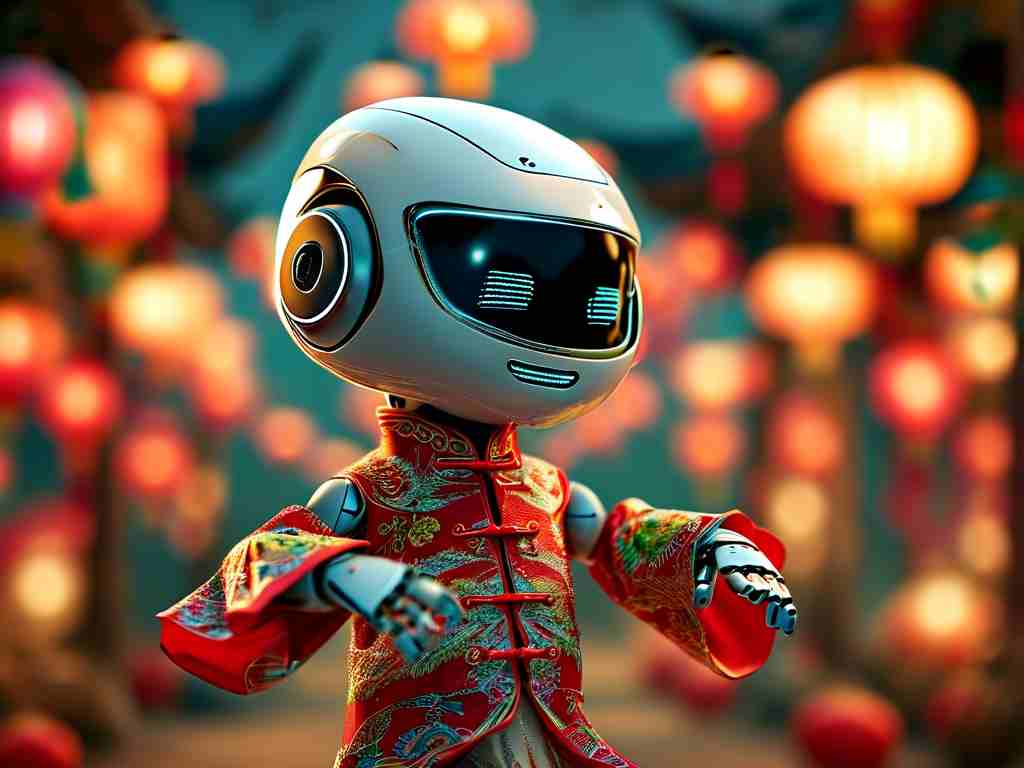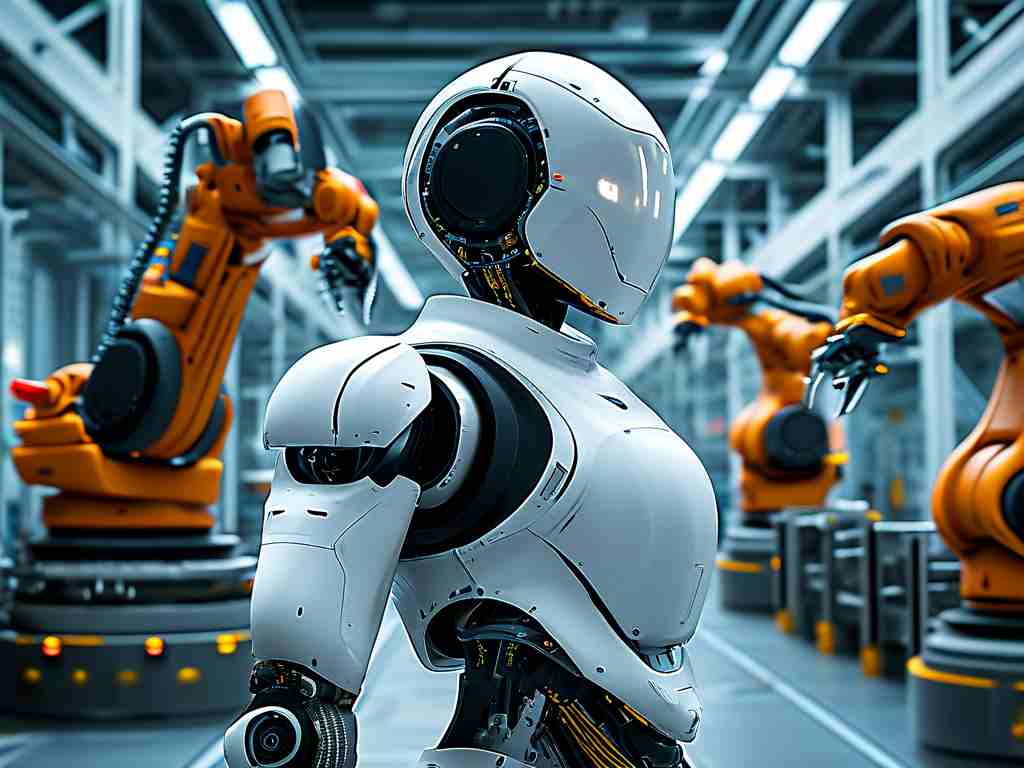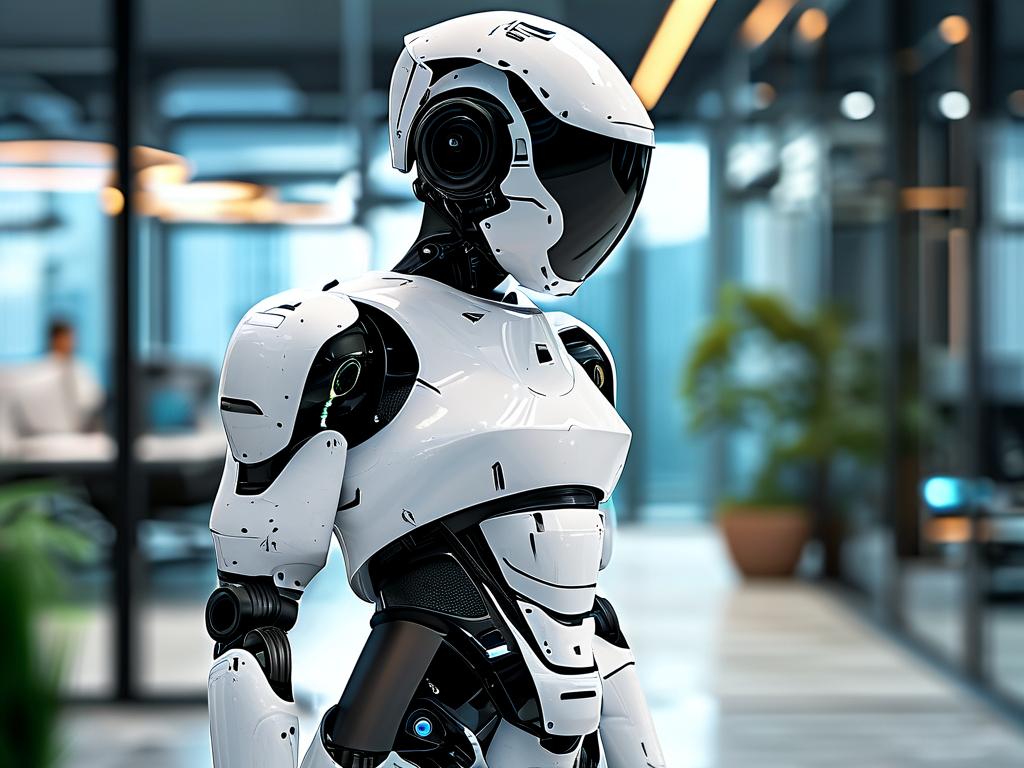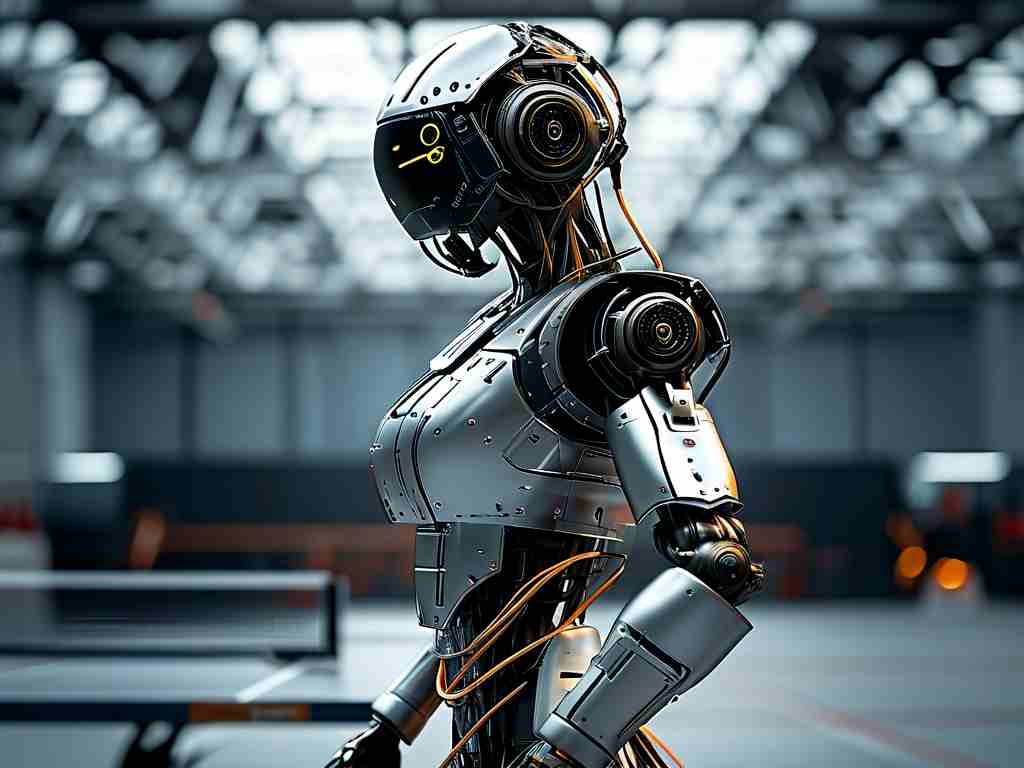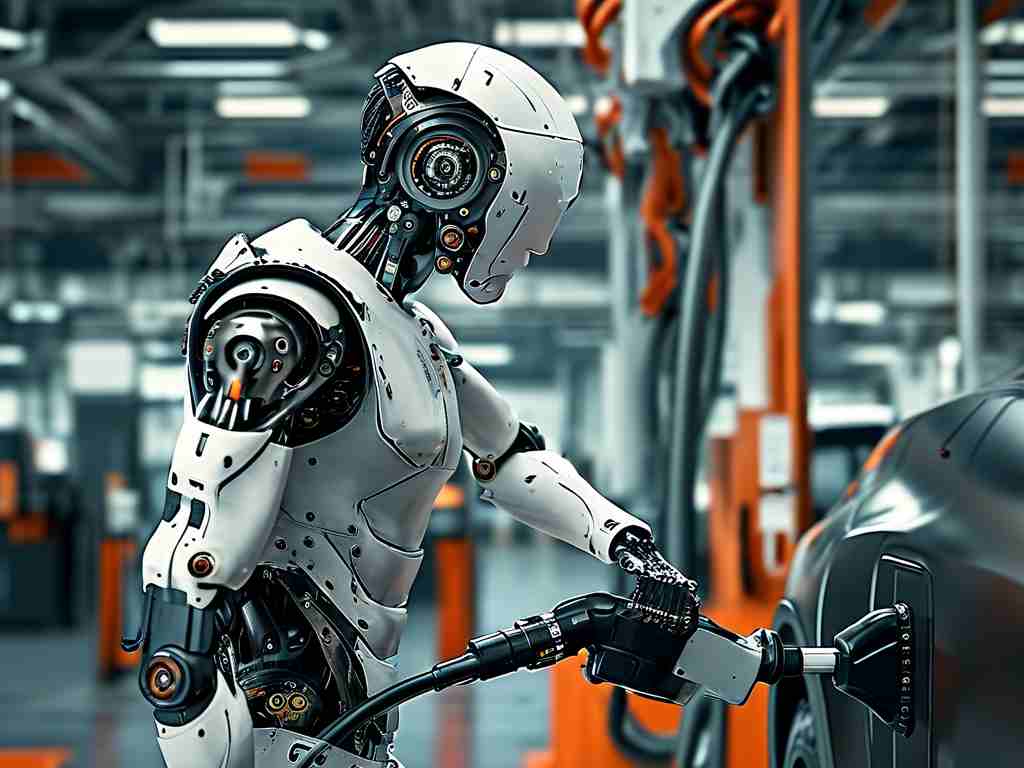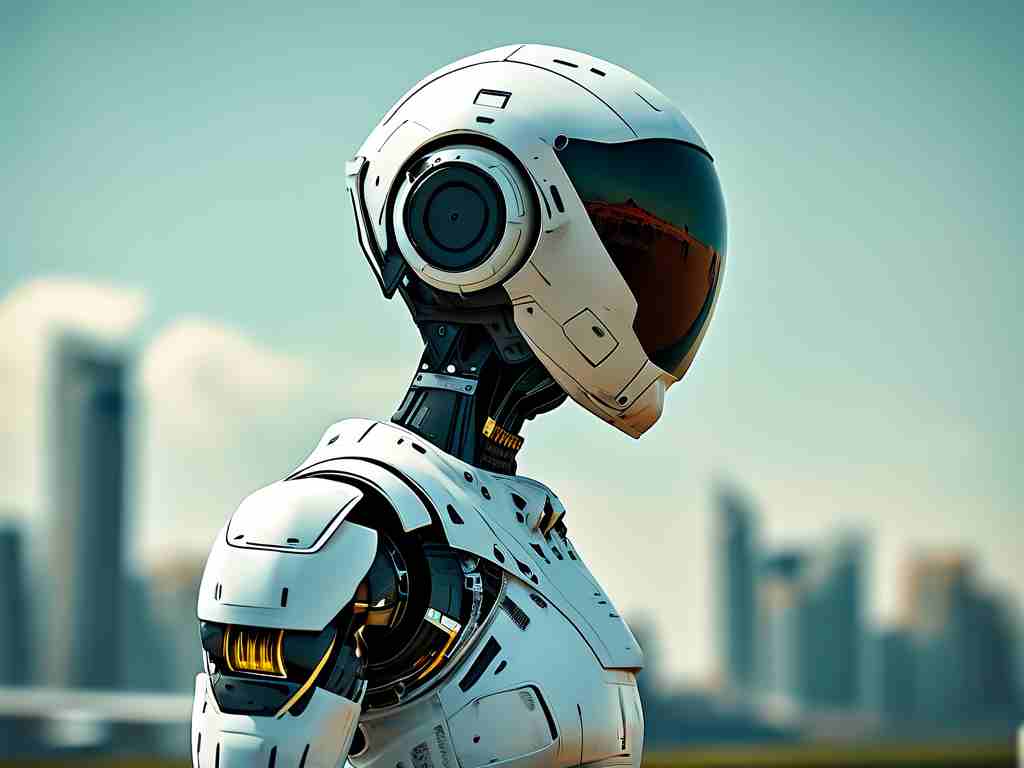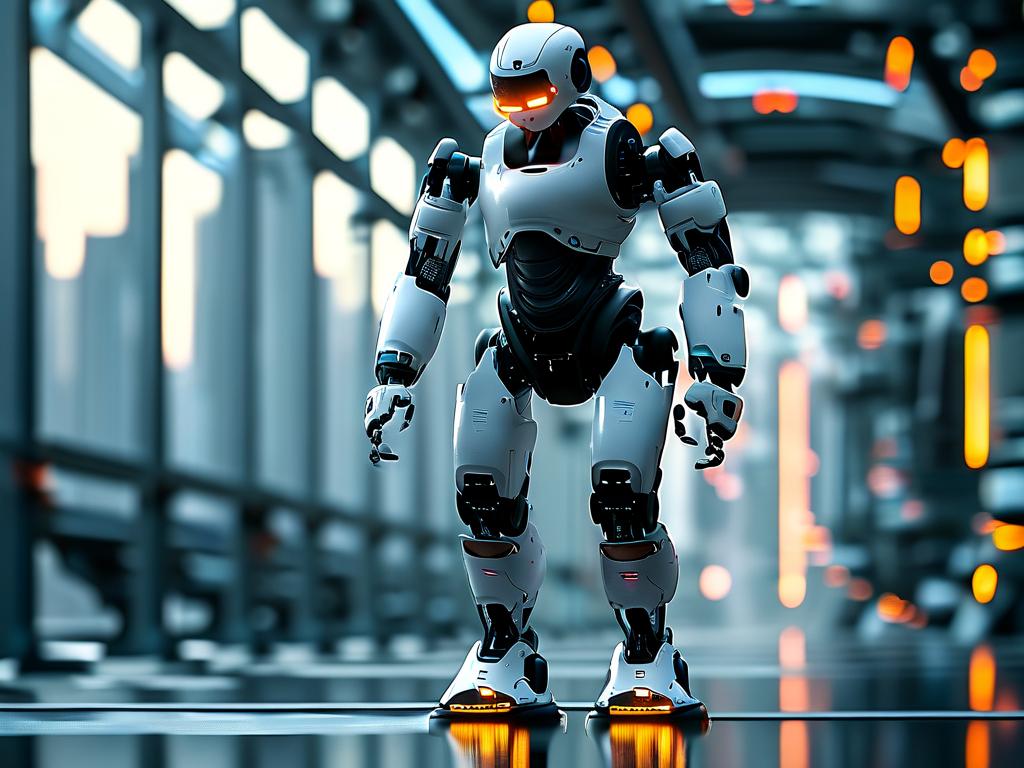Nvidia has emerged as a pivotal force in advancing robotics technology, blending hardware prowess with AI-driven software solutions to redefine automation. From industrial manufacturing to healthcare, the company’s innovations are reshaping how machines perceive, learn, and interact with the world. This article explores Nvidia’s contributions to robotics, their real-world applications, and the future trajectory of intelligent automation.
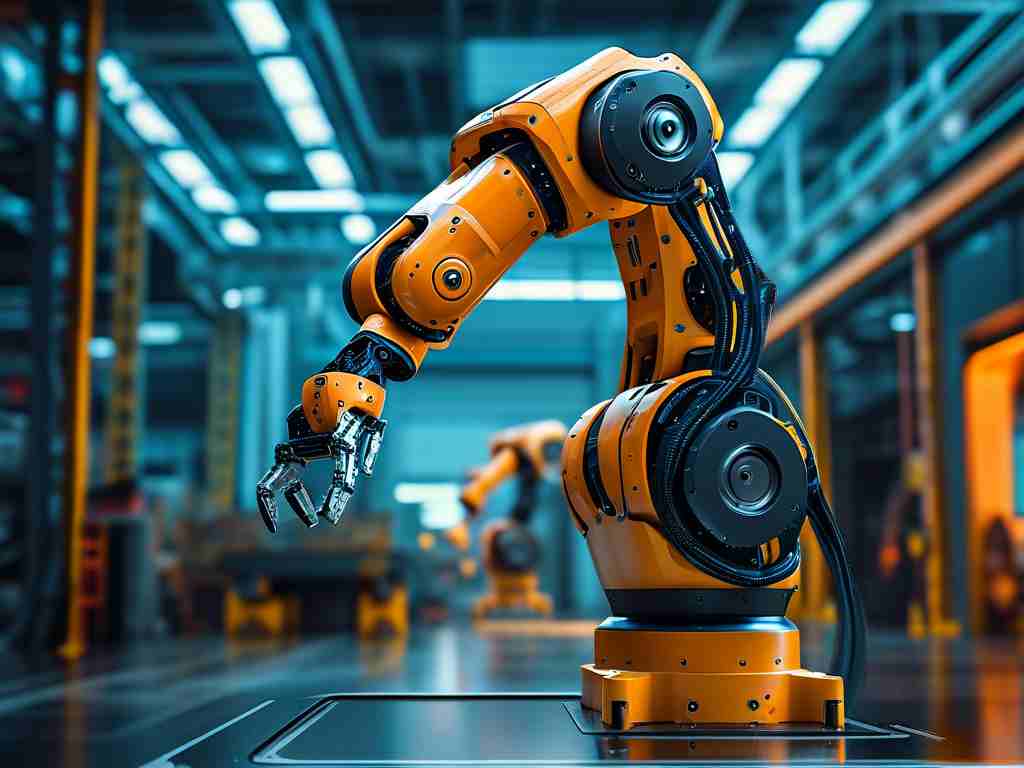
At the core of Nvidia’s robotics strategy lies its GPU-accelerated computing platform. By leveraging parallel processing capabilities, Nvidia enables robots to perform complex tasks in real time, such as object recognition, path planning, and decision-making. The Jetson series, for instance, provides embedded systems optimized for AI workloads, allowing developers to deploy machine learning models directly on robots. This edge computing approach reduces latency and enhances reliability—critical factors for autonomous systems operating in dynamic environments.
One groundbreaking initiative is the Isaac robotics platform. Combining simulation tools, pre-trained models, and modular hardware, Isaac streamlines the development lifecycle. Developers can train robots in virtual environments using Nvidia Omniverse, a collaborative simulation platform that replicates real-world physics. This “digital twin” methodology accelerates testing while minimizing costs. For example, warehouses using Isaac-powered robots have reported 30% faster deployment cycles and improved adaptability to layout changes.
Nvidia’s collaboration with industry leaders further amplifies its impact. Partnerships with companies like Boston Dynamics and Siemens integrate Nvidia’s AI stack with specialized robotic hardware. In medical robotics, the Clara Holoscan platform merges real-time sensor data with AI analytics, enabling surgical robots to assist in precision procedures. A case study at Johns Hopkins Hospital demonstrated a 22% reduction in operation time when surgeons used Nvidia-enhanced robotic arms for minimally invasive surgeries.
The company’s focus on generative AI also unlocks new possibilities. Robotics models trained on Nvidia’s Picasso framework can generate adaptive behaviors without explicit programming. In agricultural automation, robots equipped with this technology dynamically adjust harvesting techniques based on crop variations detected through computer vision. Farmers utilizing these systems have observed a 17% yield increase due to reduced waste and optimized resource allocation.
However, challenges persist. Ethical considerations around autonomous weapons and job displacement require ongoing dialogue. Nvidia addresses these concerns through initiatives like the Robotics Safety Lab, which develops fail-safe protocols for AI decision-making. Their open-source projects, such as cuRobo for collision avoidance, encourage transparency and community-driven improvements.
Looking ahead, Nvidia aims to unify robotics and embodied AI through Project GR00T. This initiative focuses on creating general-purpose robots capable of understanding natural language and adapting to unstructured environments. Early prototypes have shown promise in disaster response scenarios, where robots navigate debris fields while processing verbal instructions from rescue teams.
As robotics evolves, Nvidia’s ecosystem—encompassing chips, software, and developer tools—positions it as a linchpin in the automation revolution. With advancements in quantum computing simulations and neuromorphic engineering on the horizon, the synergy between Nvidia’s hardware and AI algorithms will likely push robotics beyond current limitations. Industry analysts predict that by 2030, over 60% of commercial robots will incorporate Nvidia-derived technologies, solidifying the company’s role as a catalyst for intelligent automation.
In , Nvidia’s robotics innovations transcend mere technological upgrades; they represent a paradigm shift in how machines collaborate with humans. By addressing scalability, safety, and adaptability, the company is not just building better robots but fostering a future where AI and automation enhance productivity across every sector.


